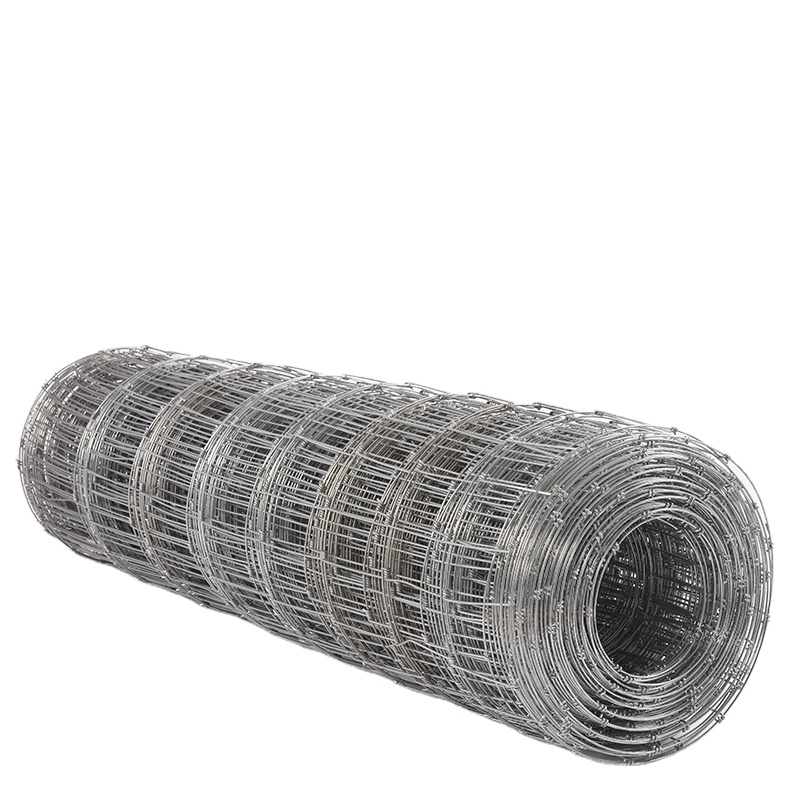Stakes for Temporary Fencing A Comprehensive Guide
Temporary fencing has become a staple in various industries, serving essential purposes in construction sites, events, and public gatherings. Understanding the importance and specifications of stakes for temporary fencing is vital for ensuring stability, safety, and compliance with local regulations. This article explores the significance of stakes in temporary fencing systems, the types available, and best practices for installation and maintenance.
Importance of Temporary Fencing
Temporary fencing serves multiple functions it provides security, delineates boundaries, offers privacy, and protects the public from hazards, especially in construction environments. The effectiveness of temporary fencing is heavily dependent on how well it is anchored to the ground. This is where stakes come into play.
Stakes are essential for stabilizing temporary fencing panels, ensuring they remain upright and secure against external pressures such as wind or accidental collisions. Utilizing appropriate stakes not only enhances safety but also extends the life of the fencing materials by preventing topple or structural wear.
Types of Stakes for Temporary Fencing
1. Steel Stakes These are among the most common types of stakes used in temporary fencing due to their durability and resistance to bending or breaking. Steel stakes can be driven into the ground and are suitable for various soil types, making them highly versatile.
2. Plastic Stakes Lightweight and easy to handle, plastic stakes are often used for lighter fencing systems. They are more economical but may not offer the same level of stability as their steel counterparts, especially in windy conditions.
3. U-shaped Stakes This type features a simple U design, which grips the ground effectively. They are easy to install and remove, making them ideal for temporary setups that require frequent changes.
4. Spiked Stakes Similar to the U-shaped variety but with a sharpened tip, spiked stakes penetrate the ground more easily. They are especially beneficial in hard or compacted soil conditions.
stakes for temporary fencing

5. Base Plates with Stakes In situations where soil conditions make it difficult to use standard stakes, base plates can be employed. These are heavy and are often used in conjunction with stakes, providing additional stability and support.
Best Practices for Installation
1. Assess Ground Conditions Before installing any fencing, consider the soil conditions. Soft or sandy soils may require deeper stakes or different types of anchoring methods compared to hard or rocky terrains.
2. Use the Right Tools Always utilize tools that are appropriate for the materials. A sledgehammer is commonly used for driving stakes into the ground, while a post puller facilitates their removal when needed.
3. Spacing of Stakes Generally, stakes should be placed every 10 to 12 feet along the fencing line to provide adequate support. This spacing can vary based on the height of the fence, wind conditions, and the overall terrain.
4. Regular Maintenance Checks It's essential to routinely check the stability of stakes and the overall condition of the temporary fencing. Look for signs of wear, rust, or loosening and address these issues promptly to maintain safety.
5. Store Properly When not in use, stakes should be stored in a dry and safe location to prevent rusting (for metal stakes) or degradation (for plastic stakes). This proactive approach will ensure they are ready for future use.
Conclusion
In conclusion, the stakes for temporary fencing play an indispensable role in ensuring the functionality and safety of temporary structures. By understanding the various types of stakes available, assessing ground conditions, following proper installation techniques, and maintaining the equipment, you will significantly enhance the effectiveness of your temporary fencing solutions. Whether for construction sites, events, or emergency situations, investing in the right stakes is essential for a secure and reliable fencing setup. With the right approach, temporary fencing can efficiently safeguard your area while providing peace of mind.
-
Why Galvanized Trench Cover Steel Grating Resists Corrosion
NewsJul.10,2025
-
The Versatility and Strength of Stainless Expanded Metal Mesh
NewsJul.10,2025
-
Load Calculations in Steel Grating Platforms
NewsJul.10,2025
-
Keeping Pets and Kids Safe with Chicken Wire Deck Railing
NewsJul.10,2025
-
Hole Diameter and Pitch for Round Perforated Metal Sheets
NewsJul.10,2025
-
Aluminium Diamond Mesh in Modern Architecture
NewsJul.10,2025
Subscribe now!
Stay up to date with the latest on Fry Steeland industry news.

